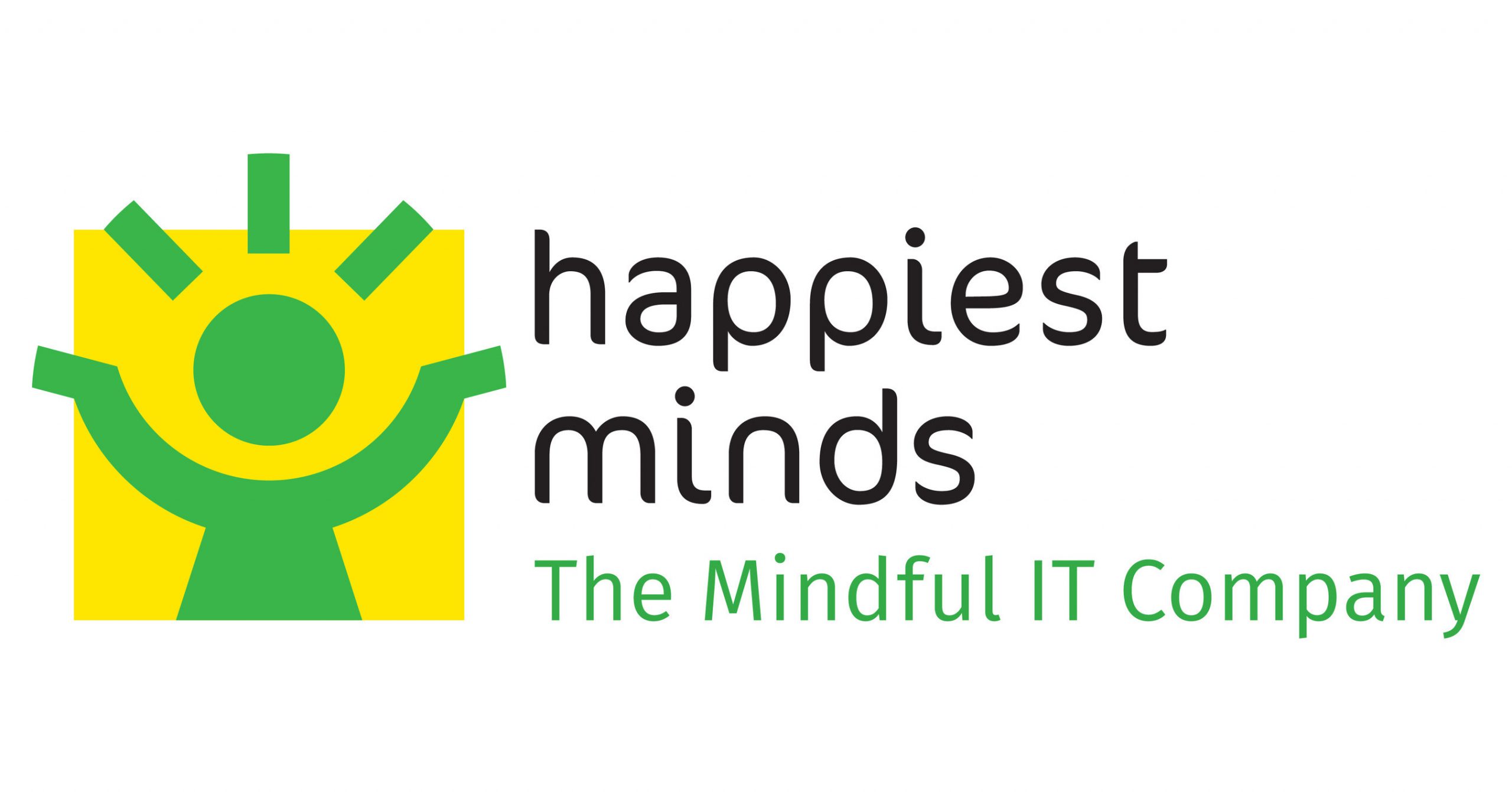Happiest Minds Technologies is one of India’s youngest but fastest-growing IT services companies. It focuses on delivering services in disruptive technologies, including blockchain, augmented reality, virtual reality, the internet of things, cloud, and robotics. The company targets to grow at a 20% compound annual growth rate over the next five years and at one and a half times the industry growth.
The company will also focus on acquisitions for a faster growth trajectory. As of March 2022 quarter, the company said it had 206 active clients, of which over 4,000 employees were serving. Among its clients, 54 were part of Fortune 2000 companies. It added 33 new customers in FY22, and 85% of its business came from repeat customers, which shows stickiness.
What is the correct share price to enter Happiest Minds Technology?
Since listing on bourses in September 2020, the stock has turned into a multi-bagger stock. Even though it has seen some selling recently along with its peers, analysts appear to be bullish on the stock, given its superior track record.
As of June 2022, the Happiest Minds share is down by 35% in the current calendar year and has underperformed many of its peers and the overall market. However, the selloff has also helped valuations come down, which presents an excellent opportunity for investors to accumulate the Happiest Minds stocks.
SWOT Analysis
ICICIdirect’s Strengths, Weaknesses, Opportunities, and Threats analysis has found that the positives for the company outweigh the negatives in a 5:3 ratio. Opportunities and threats are present in a ratio of 1:2.According to the broker, key points of strength for Happiest Minds are:
- Good quarterly growth recently
- High trailing 12-month earnings per share growth
- Change in net profit with increasing profit margin sequentially and YoY
- Increasing revenue every quarter for the past four quarters and profit for the past three quarters
- Low debt and substantial cash-generating ability from core business
- Zero promoter pledging of Happiest Minds share price
There are a few weaknesses, some of them being technical, meaning short-term:
- Low Piotroski score, meaning it is a company with weaker financials
- Return on Equity has declined in the last two years, which reflects towards inefficient use of shareholder funds
- Mutual Funds have also decreased their holdings in the company recently
- Price momentum is weak as it trades below short-, medium- and long-term averages
The SWOT analysis found an opportunity through price breaking above the first resistance level. However, threats are present asan increasing trend in non-core income and a high price-to-earnings ratio of 68 time:



